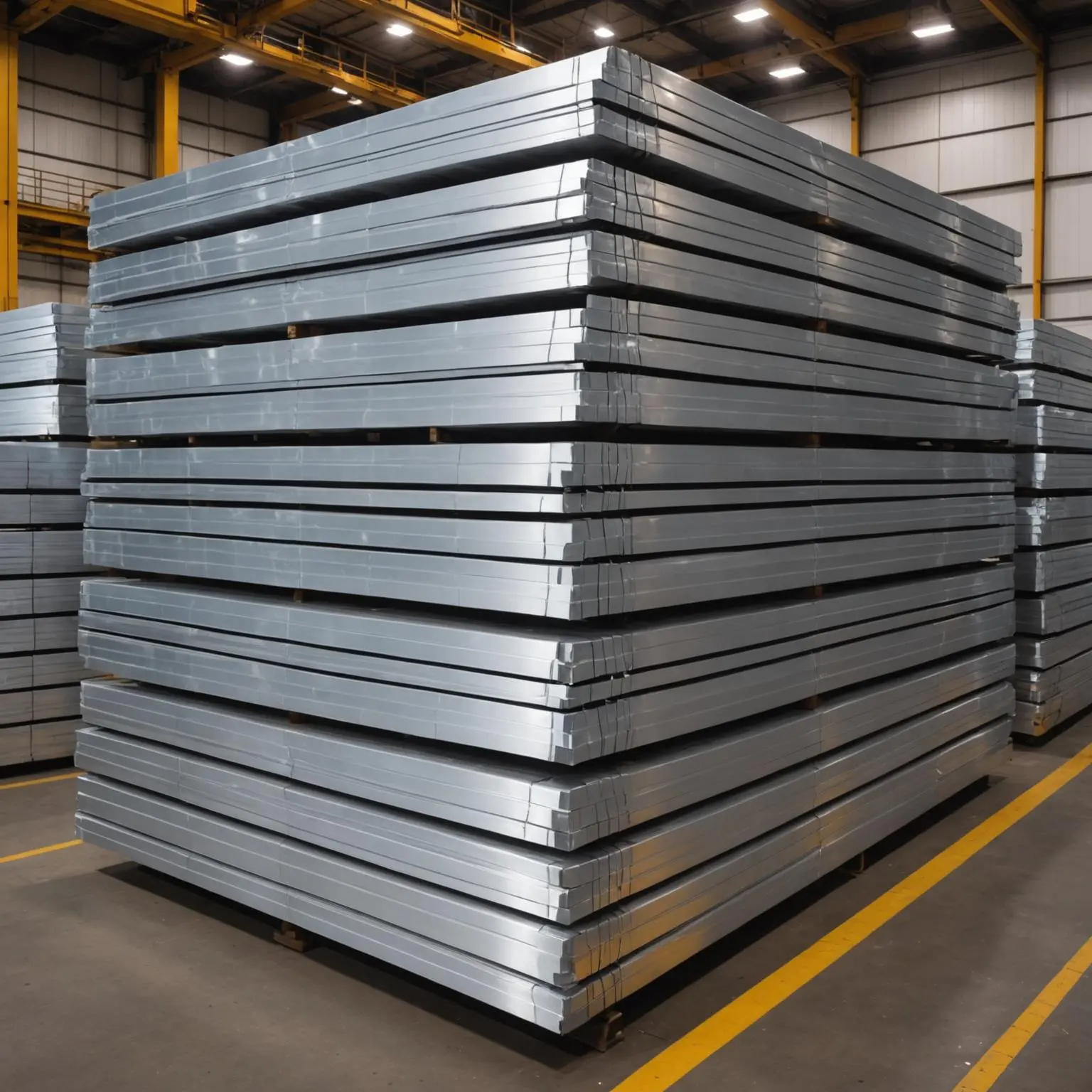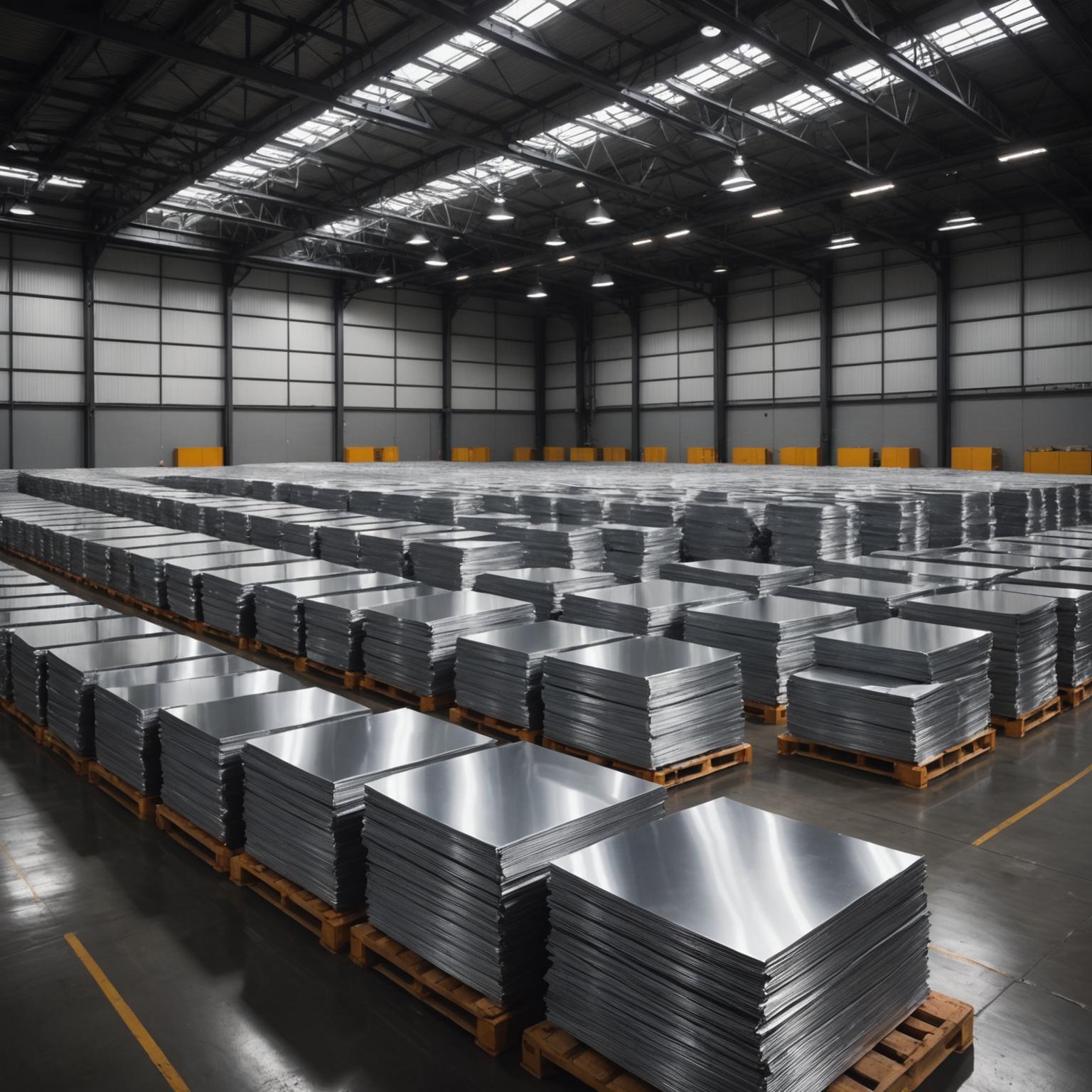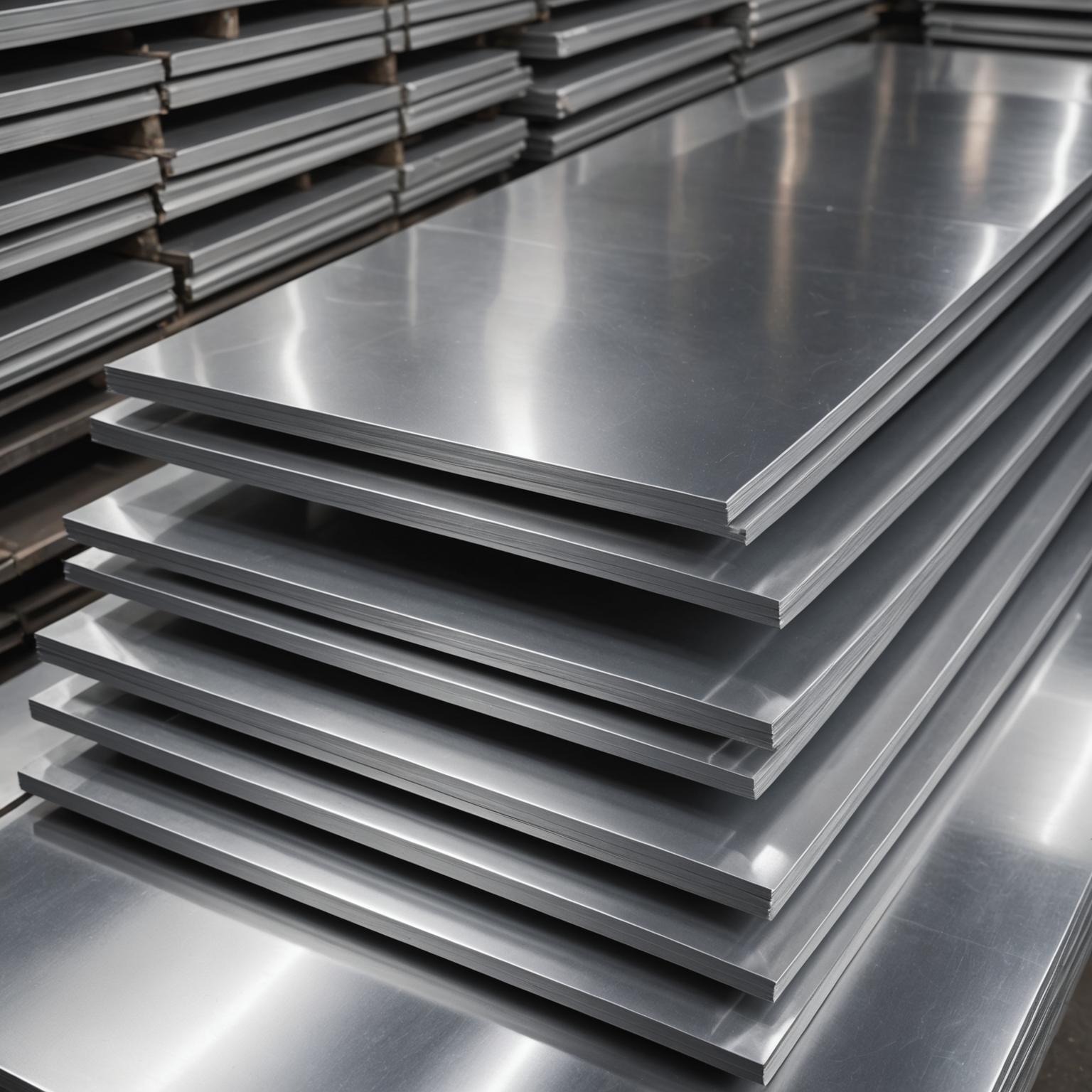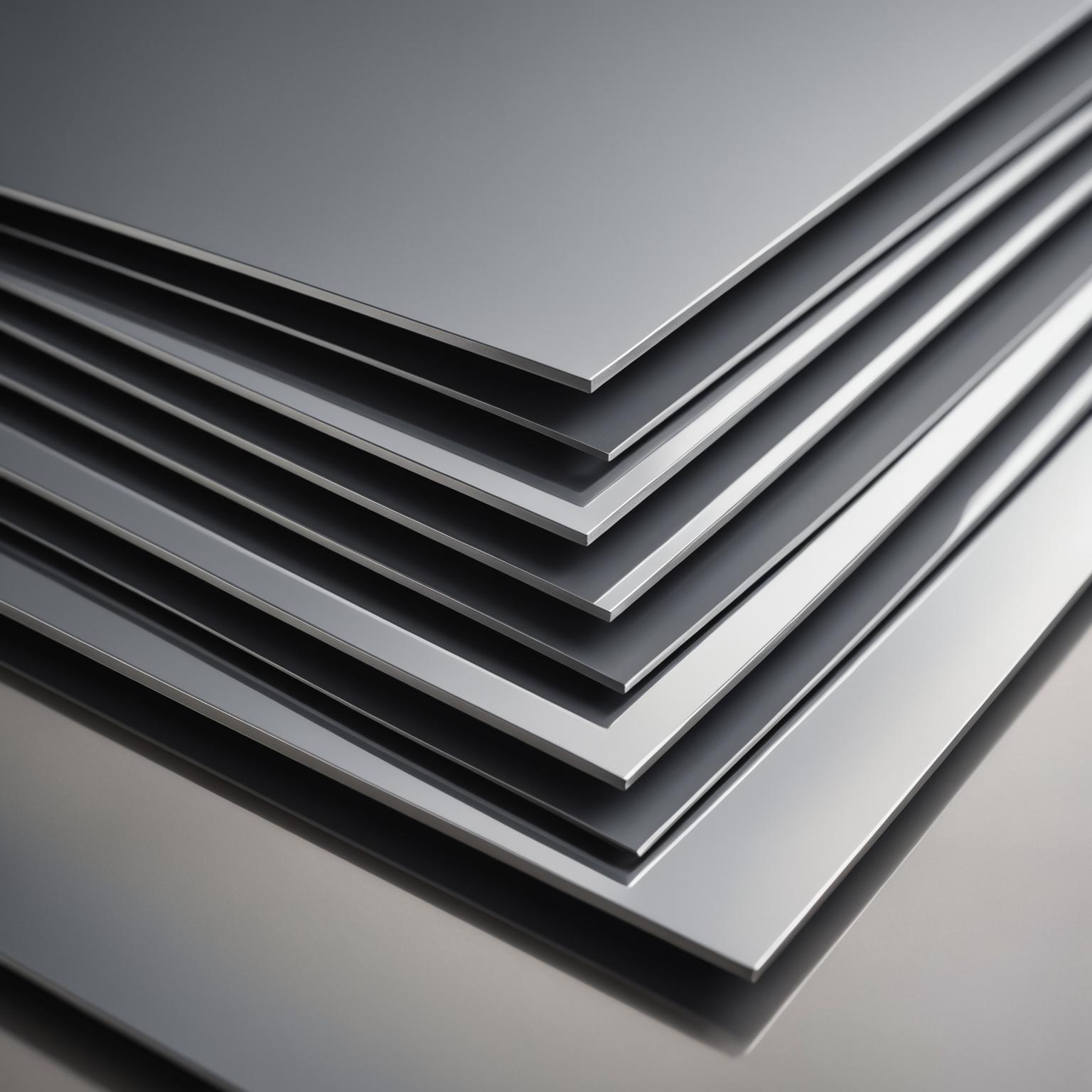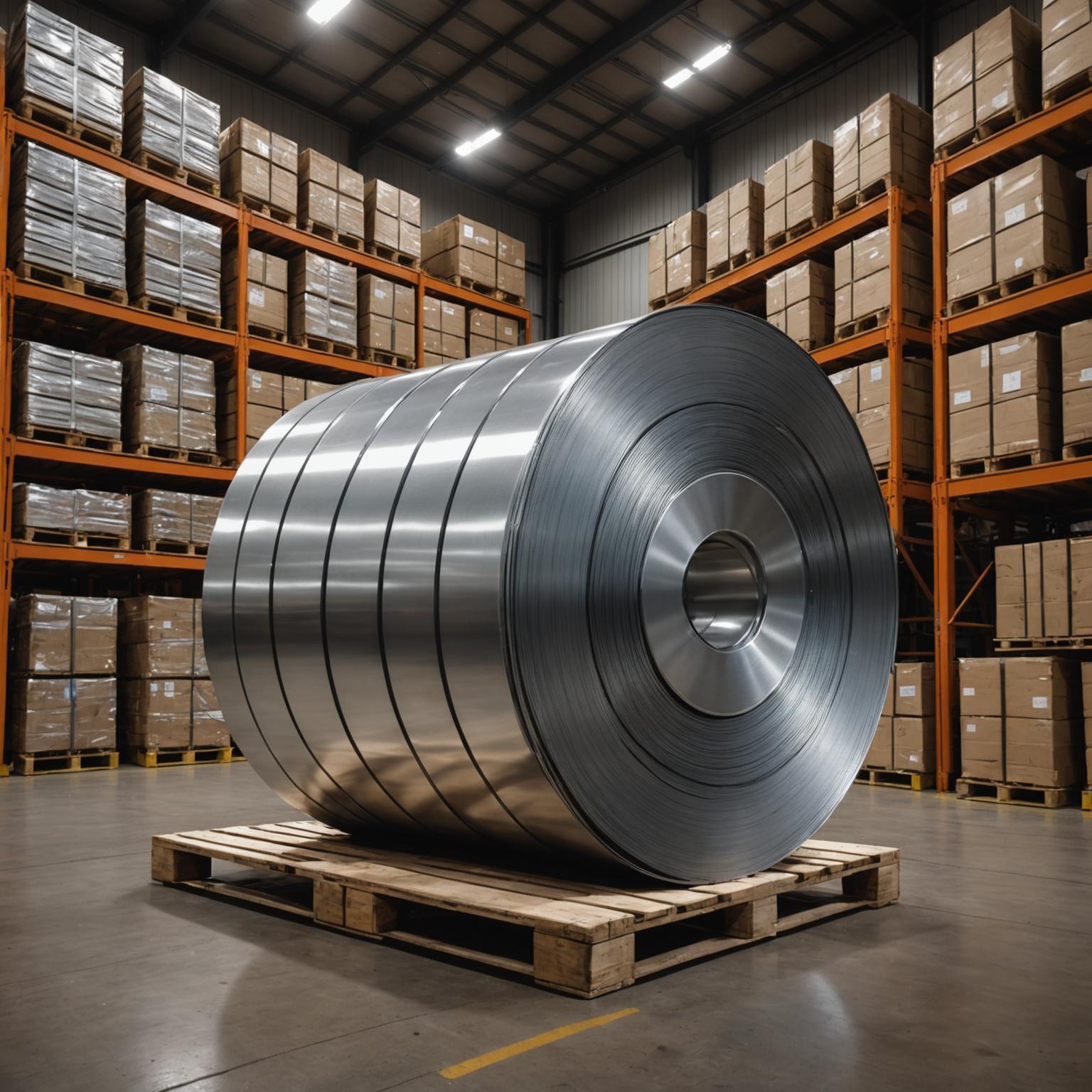1. Overview of stainless steel hot-rolled coils
Stainless steel hot-rolled coils are semi-finished steel products made from stainless steel billets through heating, rolling and other processes. They have excellent corrosion resistance, heat resistance and mechanical properties and are widely used in chemical, energy, transportation, construction and other fields. The hot rolling process can effectively improve the internal structure of stainless steel and improve its comprehensive performance.
2. Main production process
1. Raw material preparation stage
The production of hot-rolled stainless steel coils starts with raw material preparation:
Steel smelting: Use electric arc furnace or converter to smelt stainless steel, and accurately control the content of alloy elements such as chromium and nickel
Continuous casting process: The smelted steel is cast into slabs through a continuous casting machine, with a common thickness of 150-250mm
Slab inspection: Surface quality inspection of continuous casting slabs is carried out to remove defective slabs
2. Heating stage
Preheating in heating furnace: The slab enters the step-type heating furnace and is gradually heated to 1150-1250℃
Temperature control: Accurately control the heating temperature and time to ensure that the slab is heated evenly
Descaling: After heating, the surface oxide scale is removed by a high-pressure water descaling machine
3. Hot rolling stage
Hot rolling is the core link of stainless steel coil production, which is divided into two steps: rough rolling and finishing rolling:
Rough rolling process:
The heated slab is rolled through 4-7 passes to reduce the thickness to 30-50mm
Multiple passes of rolling are carried out using a reversible rolling mill
The rolling temperature is controlled above 1000℃
Finishing rolling process:
The intermediate slab is rolled to the target thickness (usually 2-12mm) through 5-7 continuous rolling mills
Advanced AGC automatic thickness control system is used
The final rolling temperature is controlled at 850-950℃
4. Cooling and coiling
Laminar cooling: After rolling, the steel plate enters the laminar cooling system to control the cooling speed
Coiling: After cooling to the appropriate temperature (about 550-650℃), it is rolled into a steel coil by a coiler
Bundling and packaging: Bundling, printing and labeling of steel coils
III. Key quality control points
Temperature control: Accurate temperature control at each stage of heating, rolling and cooling
Surface quality: Control surface finish through descaling and rolling processes
Dimensional accuracy: High-precision control of thickness, width and flatness
Organization performance: Optimize microstructure through controlled rolling and controlled cooling processes
IV. Common stainless steel hot-rolled coil varieties
Austenitic stainless steel: 304, 316 series
Ferritic stainless steel: 430, 409 series
Martensitic Stainless steel: 410, 420 and other series
Duplex stainless steel: 2205, 2507 and other series
V. Application fields
Stainless steel hot-rolled coils are widely used in:
Chemical equipment manufacturing
Food processing machinery
Building and decoration materials
Transportation equipment
Energy and power equipment
VI. Process development trend
Modern stainless steel hot-rolled coil production is developing in the following directions:
More efficient continuous production process
More accurate automatic control system
More environmentally friendly energy-saving and consumption-reducing technology
Wider product specification range
Better surface quality control technology
Through continuous optimization of hot rolling process, the quality and performance of stainless steel products will be further improved to meet the growing high-end needs of various industries.




